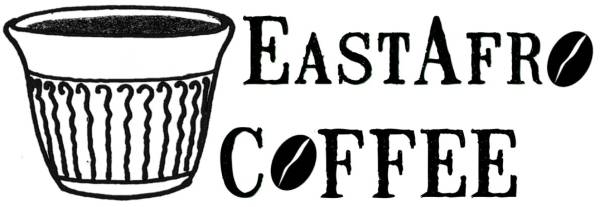
Medium vs. Dark Roast Coffee: What's the Difference?
Adiam EngedaShare
A good cup of coffee starts with good beans. From nothing, comes nothing; the green coffee must be of good quality. The taste of your coffee is also determined by the roasting and brewing method. Roasting is just as important to the flavor profile as the quality of the beans. There can be big differences in taste between the different degrees of roasting of a particular coffee bean. For example, East African green coffee beans are grown at high altitudes and are therefore dense/hard and have a better flavor profile than coffee grown at low altitudes. To bring out their natural sweetness and complexity, we prefer a medium to medium dark roast.
In contrast, improper roasting such as shock roasting and dark roasting brings out the unpleasant bitterness of coffee beans and spoils even the best coffee beans. Mass roasters that offer commodity coffee often use a dark roast. This throws off the balance between sour, sweet and bitter notes. When roasted very dark, all coffees taste the same because at high temperatures the coffee loses its complexity in taste and aroma. If your coffee tastes bitter and spicy, there's a good chance your beans were dark roasted.
Dark roast coffee remains popular, largely because it is so widely available and most coffee drinkers are used to it. There are two important reasons to avoid dark roasting. Firstly, dark roasted coffee loses complexity in taste and aroma and tastes predominantly bitter. Second, roasters often use dark roasts to hide flaws in the coffee beans or when the coffee is of poor quality.
Understanding the roasting process
The roasters start with green coffee beans that have already gone through numerous processing stages. The roasting itself is very simple: the green coffee beans are roasted in a roasting machine over high heat until they turn brown. Light roasts are roasted for a shorter time at a lower temperature, while dark roasts are roasted for a longer time at a higher temperature. Roasting is a relatively quick process, typically taking 9 to 14 minutes, so every minute counts.
Roasting changes the appearance, taste and aroma of the coffee beans. The beans lose water, reducing their density and weight. Caramelization breaks down the starch into simple sugars and the green coffee beans turn brown.
Medium vs. dark roast coffee
The taste differences between light, medium and dark roasted coffee beans are significant. The sugar content decreases as the roasting progresses, so light roasts have significantly more sugar than dark roasts. However, caramelization only occurs at the medium roast, so the sweet flavors reach their peak at a medium roast. Acidity, which is responsible for a coffee's perceived brightness and citrus flavors, decreases as the roast increases, as does complexity.
At the same time, the bitterness increases with a longer roasting time. This is because as the roasting progresses, the chlorogenic acids are converted into phenylindanes, which contribute to the sharp bitterness of the coffee. The longer the coffee is roasted, the more phenylindanes are formed, making the bitterness even more pronounced.
Medium roasted coffee offers maximum sweetness with an ideal balance of acidity and bitterness. With a medium roast, you can taste the different properties of the coffee beans. For example, with a medium roast you can tell the difference between an Ethiopian Sidamo and a Burundi coffee . If you subject even the best coffees to a dark roast, they become somewhat bland. The bitter flavors from the roasting process are more prominent than the unique flavors of the beans.
One of the easiest ways for coffee lovers to avoid unpleasantly bitter coffee is to avoid dark roasts altogether. And of course, you should always choose specialty coffee over low-quality beans.
